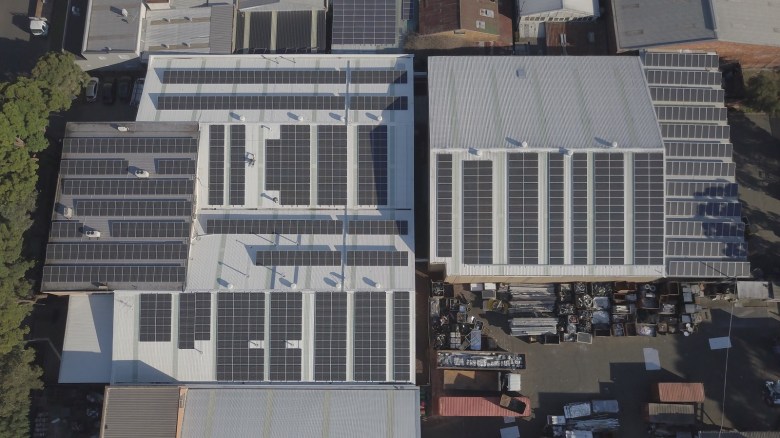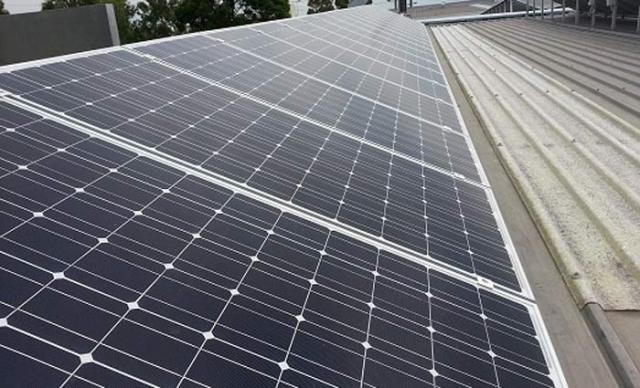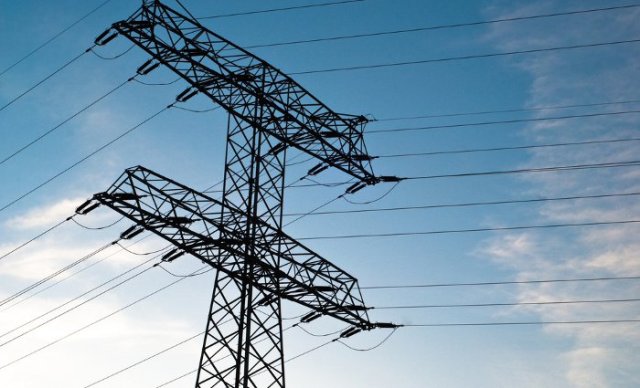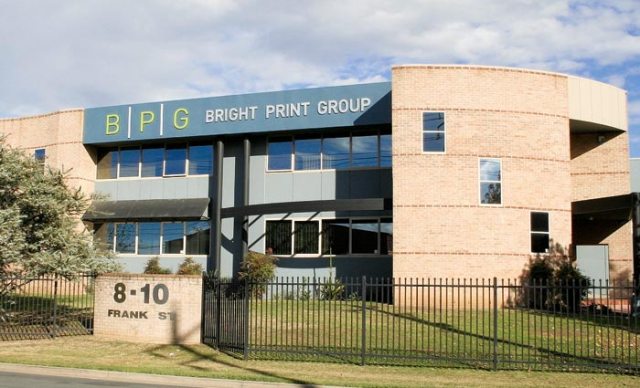
Lamson Group CEO Rodney Frost has tripled the number of solar panels on the rooftop of the company’s factory in Sydney with the trade printer now barely needing to draw any power from the grid to operate each day.
Frost anticipates it will take about six-and-a-half years for the panels to pay for themselves, and he is glad he made the commitment to further reduce CO2 emissions at Lamson Group and help the environment.
Frost said energy consumption is one of the key environmental impacts at Lamson Group and and as such reducing emissions has been part of the business’ strategic plan.
Lamson Group: A good story to tell
He also said he was facing increasing questions from his customers about Lamson Group’s environmental credentials.
“We are a trade only business and we service a lot of printers and print managers that have corporates as their clients and more and more we are being asked what we are doing around C02,” he said.
“So what we have done is help our channel partners by arming them with a good solid, story around doing the right thing for the environment.”
The addition of the extra panels means the Lamson Group is now producing over 1 megawatt of electricity each day on sunny days with the 304 kilowatt system that is now installed.
The extra solar panels has built on the 100 kilowatt system that was installed two years ago.
“We are not really drawing too much from the grid now, unless it is raining, so it has been really good,” Frost told Sprinter.
“It’s a great system. We have spent a bit extra to get sensors on every single panel which show the output from each panel as well as indicate which panels are being inefficient.
“If they are inefficient then we can get them changed over from warranty. Most systems just have one sensor per string of panels so this is really good. We are trying to do the right thing for the environment and reduce our C02 emissions.”
Power bill down
Frost expects to see reduced power bills as a result of the installation.
“Our power bill will be drastically reduced but we still have to pay our access charges and we will get some feed-in tariffs on weekends when usage is low so we will get some money back for that as it sold back into the grid,” he said.
The system also provides live statistics which anyone can go and see what the panels are producing at any one time.
“This is a good transparency model and shows what we are doing. So rather than hide it, people can have a look themselves,” he said.
Comment below to have your say on this story.
If you have a news story or tip-off, get in touch at editorial@sprinter.com.au.
Sign up to the Sprinter newsletter



